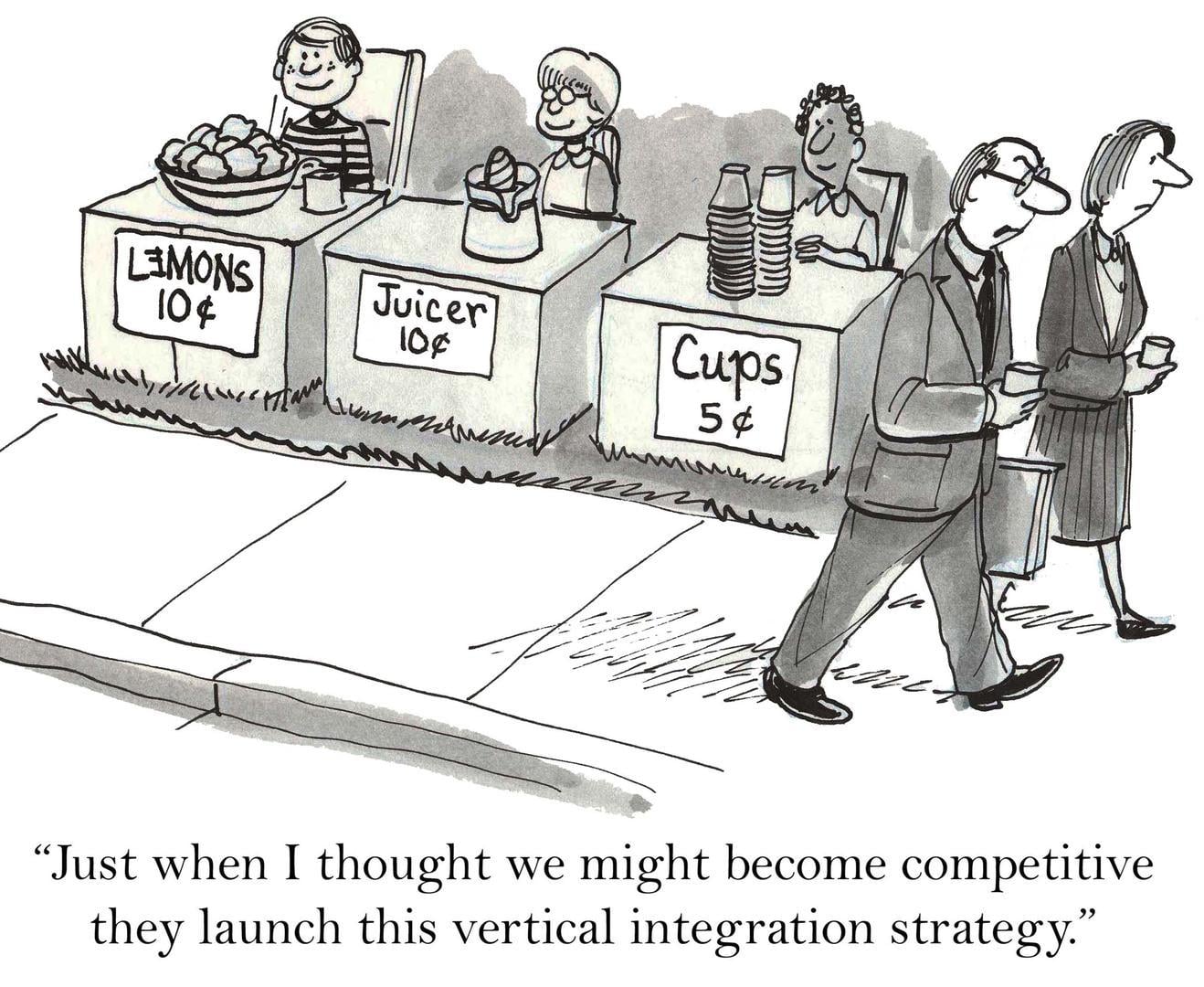With the introduction of "cloud" we have seen the promise of commoditised business applications - just like you get your power out of the socket in the wall, you get business applications that are "just ready to go" - well, almost. At least, that was the promise. Yet, the implementation of business applications is not significantly easier than before. Why is this, and what is the solution?

Complexity drives cost
Somehow, the landscape of applications has not become easier to navigate. The large complex integrated systems are still large and complex in the cloud. Even if you don't have to worry about server sizing, spindle speeds, and IOPS, there is still plenty to plan for. The big monolithic applications have so much internal complexity under the hood, that it is impossible to simplify the implementation beyond its internal integration paths - i.e. if module A is closely integrated with module B, it is usually not possible to implement module A and not do the minimal implementation of module B. This has - unfortunately - not become easier because of the introduction of Cloud.
Lack of integration drives cost
Going the other direction - instead of the big monolithic and complex integrated system, the direction of small, simple, yet disconnected point solutions. These point solutions do one or very few related things. For example, accounting and accounts receivable and accounts payable, customer relationship management, email campaigns, etc. Individually, these applications are inexpensive, or even free (careful what you sign away with the licenses!) - but from a process perspective, they do not necessarily flow your data from one application to the next, they don't look and feel the same, and have different security profiles. In other words: the time you save with a point solution is easily lost due to the lack of integration. As a result, the many inexpensive point solutions are quite expensive to license and operate as a business solution.

The alternative - point solutions that are designed to work together
It sounds simple - why not have a number of point solutions that are integrated by design, but can operate separately as well. This way, you get to enjoy all the benefits of a comprehensive solution, without the requirement to implement modules you don't need just to ensure the whole thing does not break. Any setup is mostly kept in isolation, so a change in one system, does not necessarily mean system meltdown down the data stream. If it was so simple, how come only so very few companies offer this? And it probably would cost a fortune too... given a fully functional ERP is well over $100 per user (or over $250 like some) per month - surely a set of point solutions covering similar functionality would cost the same, if not more?
True - there are very few vendors offering such solution. Zoho offers Zoho One - a suite of applications to run and grow the entire business. The second statement, about cost, is categorically false - Zoho One costs $45 per employee per month - giving access to 40 applications in an "all you can eat buffet" style. There is a free trial available via the button below. The integrations are a one time configuration, simply telling the applications with what applications you want to work, and the integration is configured. If you do need further assistance with setup and implementation, please do not hesitate to contact us.
